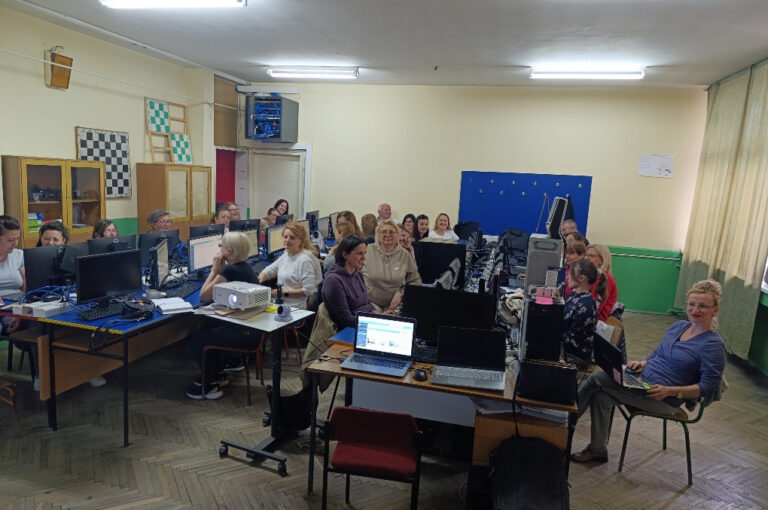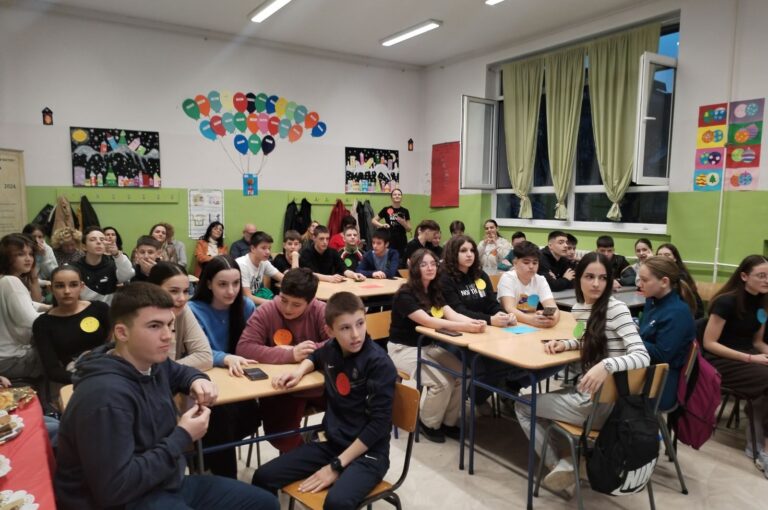How old is your school’s website? More than a few years? Does it look dated and stale? Does it do a poor job of communicating important information? If you said “yes” to any of these questions, it may be time for a new site. We’ve pulled together a list of the six telltale signs your school needs a new website.
If you’re like many administrators, you may wonder whether a website redesign is really a worthwhile investment. Having an up-to-date website, though, isn’t just about appearances. It’s more about communicating with your students, parents, and surrounding community. Your audience uses your website as the go-to resource for information surrounding your school.
Website technology changes quickly. So do user preferences. In fact, just in the past few years, websites have had to become largely responsive to mobile devices because of changes in visitor behavior. Websites generally only have lifespans of two-to-three years because they have to evolve with changing visitor preferences and expectations.
Updating your website doesn’t have to require a substantial investment of time or resources. In fact, many content management systems allow you to change your website quickly and with little-to-no technical expertise. Now, if working with your CMS is not a pleasant process and requires a federal production to update or change content, it may be time to consider a new website hosting provider. Let’s look at some or the more common symptoms of an underperforming school website.
Warning signs your school might need a new website…
Here are six signs that it might be time to move forward with that website redesign. While not comprehensive, this is a representative compilation of the main complaints we hear from schools looking for a new website.
1. Parents are complaining.
At the very least, your website should communicate important and necessary information to your students and parents. Actually, most website visitors say that information is all they want out of a website. According to recent survey by marketing company Hubspot, 76 percent of website visitors said that easy access to information is all they really want. Design and interactive experience come in as a distant second and third, respectively, among priorities.
Generally speaking, the more information you can offer to your visitors, the better. Your website should offer the kinds of critical information that parents and students regularly look for. That can include:
• Teacher pages
• Email addresses
• School calendars
• Lunch menus
• Schedules
• Important forms
It’s not hard to create this kind of information offering by using a content management system. Most systems have built-in templates that allow you to create calendars, form libraries, and even unique teacher pages. If you’re not offering this kind of information on your site, it can come back to bite you in the form of frustrated parents and teachers.
2. Your content is stale.
Did you start a blog a few years ago with the best of intentions, only to let it go stale over time? Does your website have pictures of students who have long since graduated?
Don’t get me wrong: there’s a time and place for your school’s former students to be pictured or otherwise featured on your website (see alumni pages), but it’s important your site is as fresh as the new school day.
Visitors can tell when a site hasn’t been updated in a long time. And they often see it as a reflection of your administration’s attentiveness to other important items. They may wonder what other important tasks are being ignored if the website hasn’t been updated in months or years.
Think about things that have dates attached. These are often things like lunch menus, blog posts, activity schedules, and recent announcements. Review your site to see if they’re out of date. If so, you not only need to update that information, but also come up with a system that makes it easy to update on a regular basis.
Think of the morning announcements on the PA or intercom. You wouldn’t want to read last Monday’s announcement on Friday. Keep your website content fresh or nobody will bother to come back to your website.
3. Your site isn’t readable on mobile devices.
Mobile has become the predominant way to browse the internet. Fifty-eight percent of adults own smartphones. Eighty-seven percent of adults who have school-age children own smartphones. And those numbers are going up. Even your students, teachers, and fellow administrators are using cell phones and tablets to access the internet. This has made responsive design and mobile apps more important than ever.
Responsive design allows a website to reconfigure and format itself to fit any screen. That means that no matter whether a parent is using a cell phone, a tablet, or a computer to access your site, they’ll be able to read it and navigate it easily. Does your website have a responsive design? An easy way to check is to pull up your site on your phone or tablet. Does it work? Is it readable? If not, you likely need an update.
4. It’s not social.
Social media is more than just a good way to kill a few hours online. It’s possibly the most effective communication tool at your disposal.
Schools can use Facebook, Twitter, LinkedIn, Instagram, and more to quickly distribute important messages, spread good news, and build community support. However, it’s tough to do that if your website isn’t social-friendly. That means that your website should have social-sharing buttons integrated so visitors can easily share your information with the rest of their network. That kind of easy sharing is what makes it possible to start an online dialogue and really get your parents and students engaged.
It today’s age of communication, you have to have a social strategy. And your website needs to be at the center of it.
5. Your site has too much going on.
There are a lot of very cool things you can do on a website. That doesn’t mean you should do them. Is your website full of sliders, animation, scrolling photos and text and more? There was a time when this kind of stuff was considered innovative. Now it’s just considered clutter.
You want your visitors to see a clear navigation path on your site. That means they should know exactly which links lead to which pages. You should have a call-to-action or two that allow them to request additional information. Layout is important. You want a website that was crafted with not just technical knowledge, but also an eye for design. Your site should have clean lines, lots of clear space, and a functional and friendly design.
A good CMS comes equipped with ready-made templates that allow a school communications team to establish design standards then allow users (staff, faculty – any content creator or manager) to put their own mark on their page design within the context of the broader school branding and image guidelines.
6. Your site is down frequently.
Finally, it’s important that your site is regularly up and functional so that visitors can access it. This may seem obvious. Unfortunately, that’s not always the case. Far too many schools deal with frequent website outages. This usually signals a problem with your service provider. They may use an inferior hosting service that doesn’t have enough horsepower to support your site. That’s as good a reason as any to look for alternatives.
Many content management systems come with powerful hosting packages that offer all the server power you could ever need. If any of these issues sound familiar, it’s time to take a fresh look at your website. Talk to a service provider that offers a content management system specifically for school use. You can use the CMS to achieve a clean and modern layout along with systems to keep the content and information fresh.
Don’t ignore the warning signs.
Now, of course, just because your website might be exhibiting one or more of these warning signs, don’t despair – but don’t ignore either. Hard-to-find information, stale content, unfriendliness to mobile users, poor design, substandard hosting and unengaged social media are problems that can and need to be remedied if you want to make the most of your website. As fast as web technologies are advancing – CMS, mobile apps, social media usage, etc. – you need to make sure your school website remains a vital communications hub.





